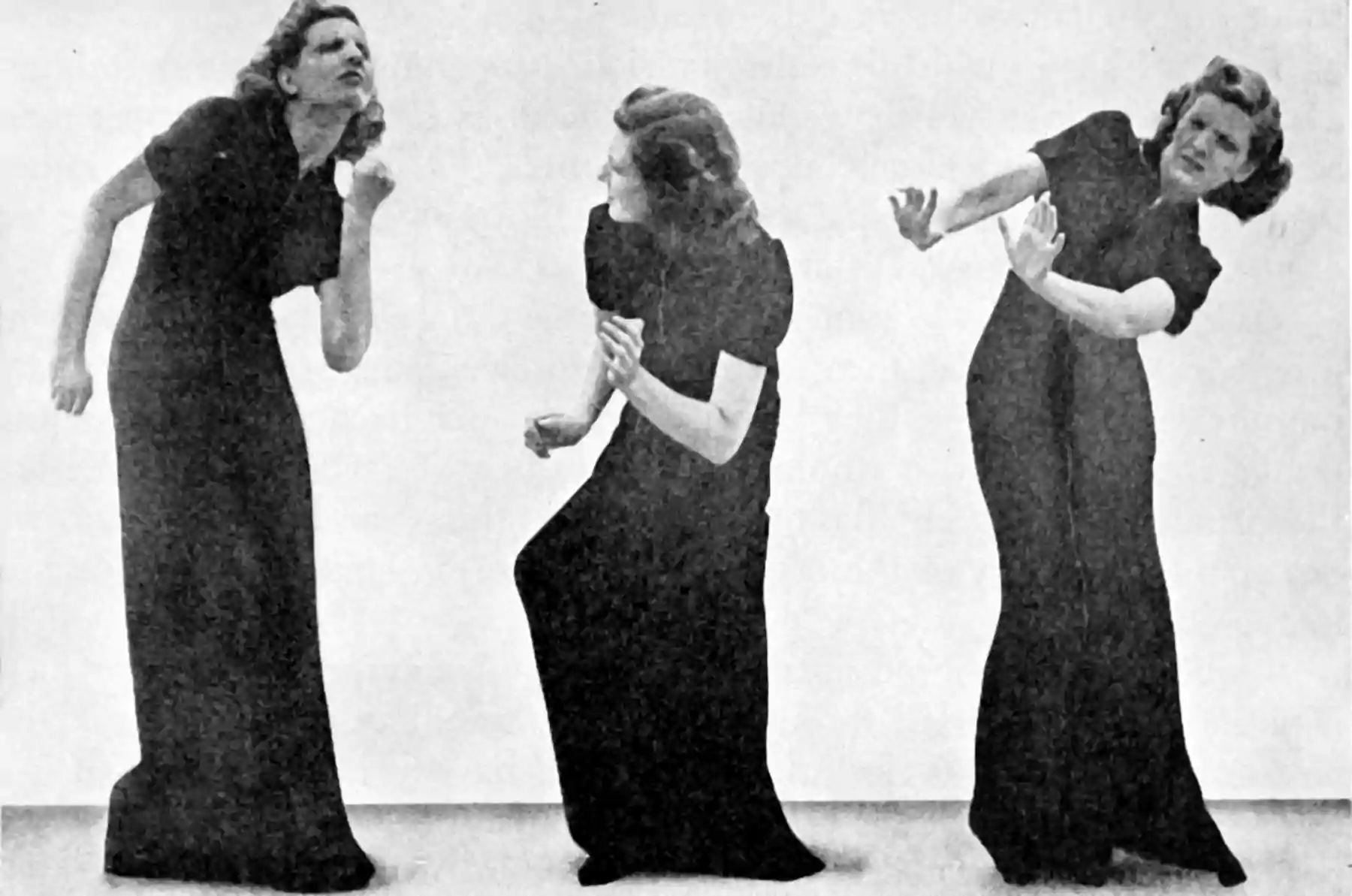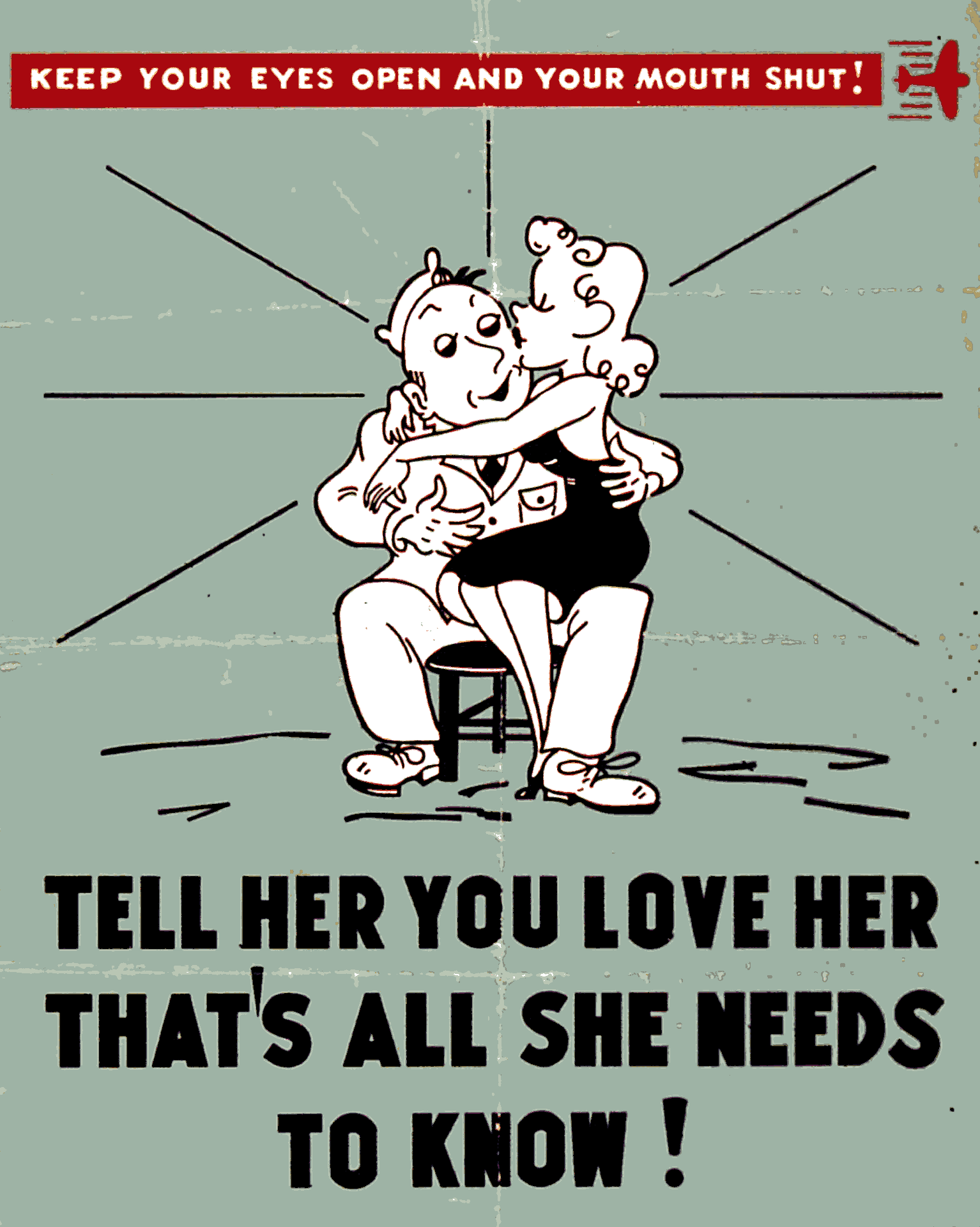Righting and wronging
Harnessing righteousness for rightness
February 1, 2020 — August 31, 2024
Suspiciously similar content
My personal understanding of the default meaning of claiming something is immoral is that it is equivalent to the claim that we should regard things like that thing as being immoral in the future. Every moral judgment is a data point for training the collective engine of social opprobrium to “tilt away from that” in the future. I think of moral judgments as some part of the loss signals for training the collective psyche.
1 Creating and maintaining norms
TBC
2 Sacredness
TBC
3 Taboos
Taboos are powerful means of controlling some societal ill. Taboos are like garden variety social norms but fed on interhuman growth hormones. They have a proven track record in making some things utterly off-limits for most people most of the time. We like them because there is a good case that some things should indeed be as far off limits as possible. Rape and murder and other cases of extreme violence are ills that we can make a strong case for handling as taboo acts; If you did it, you did wrong and your claimed intention doesn’t matter.1
Things that are nebulous, complicated and opaque are risky to taboo.
We want to be very certain that a blanket ban is a good idea on things we taboo, because if we are successful at making them taboo it will be hard to talk about them to make them un-taboo. Taboos, once set running, have their own momentum and find their own natural level, which may be more or less stringent than we were hoping.
We want them to encode rules that do not require heroic effort to abide by, for the vast majority of the population, or if they do, that effort is worth it. So making same-sex contact taboo makes us into hypocrites.
3.1 Taboo as finite resource
If we deploy taboos too frivolously, we might weaken all the taboos. Suppose I really want to stop jaywalking, so I attempt to foster an anti-jaywalking taboo. People who jaywalk by accident and suffer no ill effects might start to wonder if all the taboos are as over-certain as the jaywalking taboos.
3.2 Taboo violating out-groups and cults
3.3 Long term dynamics
I am not persuaded that taboos applied over-broadly are long-term effective at stamping ideas out in general. Excessive taboos could lead to greater stigmatisation of the future cohorts of marginalised people, and they are people who have no voice in the current generations’ negotiations about what is taboo.
4 Think of the children
5 Incoming
Morality and other weapons—Aporia:
So what is morality for? Well, disagreement continues but I have argued, with Peter DeScioli, that human moral judgment is a way to choose sides. A conflict breaks out. Maybe your partner slams into another skier on the slope. You want to avoid being on the losing side of the conflict that is about to emerge, so you choose based on who did what—barrelling into another skier—rather than who you like most—your partner. By using actions to choose sides, people can avoid siding with someone who is about to be attacked by other third parties.
In short, no, moral judgment isn’t for cooperation. It’s for side-taking.
This account explains the puzzling fact that many moral rules don’t actually improve cooperation—prohibitions on everything from art to zoophilia are examples—and many rules, in fact, make things worse for entire communities, sometimes for generations.
Haidt’s theory of moral foundations should probably go here
Overcoming Bias : We See The Sacred From Afar, To See It Together
When explaining becomes a sin—by Tom Stafford file under taboos and Tetlock and compassion/comprehension
We See The Sacred From Afar, To See It The Same (Hanson 2023)
68 reported correlates of treating things as “sacred” are listed, and collected into seven themes. Most can be plausibly explained via two hypotheses. The first, taken from Durkheim, is that treating things as sacred mainly functions to bind groups together via a shared view of it. The second hypothesis, suggested by psychology’s construal level theory, is that humans acquired a habit of seeing sacred things as if from afar, even when they are close, to more consistently see those things the same as others in their groups.
6 References
Footnotes
instantly edge cases arise; we do recognise crimes that are murder-adjacent but unintentional, for example, which have reduced penalty in the legal system, and that is why manslaughter is a thing, but hold that thought for later.↩︎


